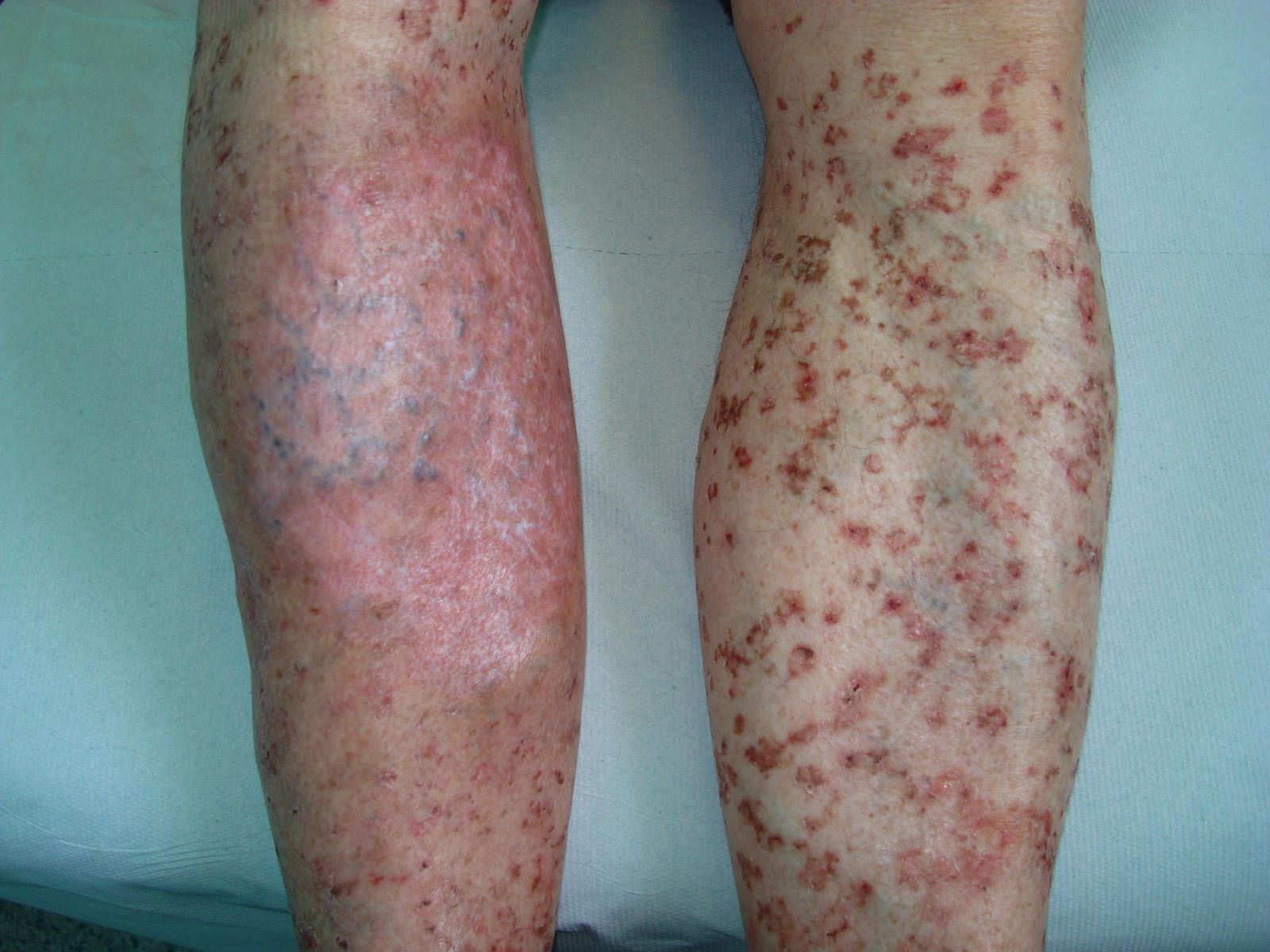
Craniosynostosis–Anal Anomalies–Porokeratosis Syndrome is a rare genetic disorder that affects multiple parts of the body. Craniosynostosis refers to the premature fusion of skull bones, leading to an abnormal head shape. Anal anomalies involve malformations or improper development of the anus. Porokeratosis is a skin condition characterized by abnormal keratinization, resulting in distinct, ring-like patches on the skin. This syndrome can present a wide range of symptoms, making diagnosis and treatment challenging. Understanding the key facts about this condition can help in recognizing its signs early and managing its effects more effectively. Here are 20 essential facts about Craniosynostosis–Anal Anomalies–Porokeratosis Syndrome.
What is Craniosynostosis–Anal Anomalies–Porokeratosis Syndrome?
Craniosynostosis–Anal Anomalies–Porokeratosis Syndrome (CAPS) is a rare genetic disorder. It affects multiple parts of the body, including the skull, digestive system, and skin. Understanding this condition can help in managing its symptoms and improving the quality of life for those affected.
Facts About Craniosynostosis
Craniosynostosis is a condition where the bones in a baby's skull join together too early. This can affect brain growth and skull shape.
- Early Fusion: The bones in the skull fuse prematurely, leading to an abnormal head shape.
- Brain Pressure: Increased pressure on the brain can cause developmental delays.
- Surgical Intervention: Surgery is often required to correct the skull shape and relieve pressure.
- Genetic Links: Some forms of craniosynostosis are linked to genetic mutations.
- Types: There are different types, including sagittal, coronal, and metopic craniosynostosis.
Facts About Anal Anomalies
Anal anomalies are defects in the structure of the anus and rectum. These can range from mild to severe and often require surgical correction.
- Imperforate Anus: A condition where the opening to the anus is missing or blocked.
- Fistulas: Abnormal connections between the rectum and other organs.
- Symptoms: Symptoms include difficulty passing stool and abdominal swelling.
- Diagnosis: Diagnosed through physical exams and imaging tests.
- Treatment: Surgery is usually needed to correct the defect.
Facts About Porokeratosis
Porokeratosis is a skin disorder characterized by the development of abnormal, ring-like patches on the skin. These patches can vary in size and shape.
- Skin Lesions: Lesions are typically dry, scaly, and have a raised border.
- Sun Exposure: Sun exposure can worsen the condition.
- Types: Includes linear porokeratosis, disseminated superficial actinic porokeratosis, and others.
- Genetic Factors: Often runs in families, indicating a genetic component.
- Cancer Risk: Some types of porokeratosis can increase the risk of skin cancer.
Genetic Aspects of CAPS
CAPS is a genetic disorder, meaning it is passed down from parents to children. Understanding the genetic aspects can help in early diagnosis and management.
- Inheritance: CAPS is typically inherited in an autosomal dominant pattern.
- Gene Mutations: Mutations in specific genes are responsible for the condition.
- Family History: A family history of CAPS increases the risk of having the condition.
- Genetic Testing: Genetic testing can confirm the diagnosis.
- Counseling: Genetic counseling is recommended for affected families.
Final Thoughts on Craniosynostosis–Anal Anomalies–Porokeratosis Syndrome
Craniosynostosis–Anal Anomalies–Porokeratosis Syndrome, though rare, brings unique challenges. Understanding its symptoms and causes can help in early diagnosis and better management. This syndrome involves cranial deformities, anal anomalies, and skin conditions like porokeratosis. Genetic factors play a significant role, making genetic counseling crucial for affected families.
Treatment often requires a multidisciplinary approach, involving surgeons, dermatologists, and geneticists. Early intervention can improve quality of life and reduce complications. Support groups and resources are available for families navigating this condition.
Staying informed and connected with medical professionals ensures the best care for those affected. Though challenging, advancements in medical research offer hope for better treatments and outcomes. Keep advocating for awareness and support to make a difference in the lives of those impacted by this syndrome.
Was this page helpful?
Our commitment to delivering trustworthy and engaging content is at the heart of what we do. Each fact on our site is contributed by real users like you, bringing a wealth of diverse insights and information. To ensure the highest standards of accuracy and reliability, our dedicated editors meticulously review each submission. This process guarantees that the facts we share are not only fascinating but also credible. Trust in our commitment to quality and authenticity as you explore and learn with us.


